
In Problems 63-66, the graph of a function f is illustrated. Use the graph of f as the first step toward graphing each of the following functions:
a.
b.
c.
d.
e.
f.
g.
65.
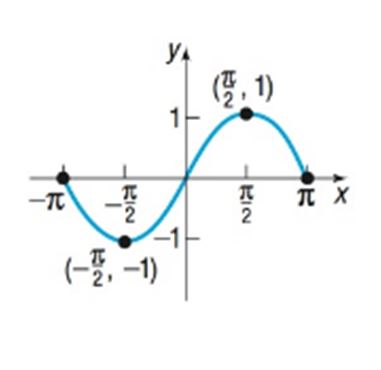
To graph: The each of the following functions:
a.
For the graph function ,
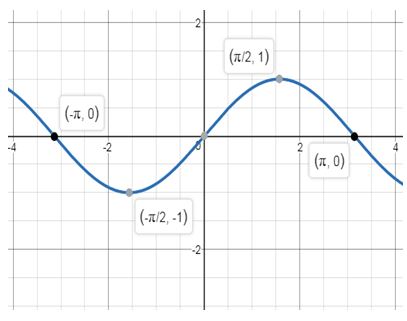
Explanation of Solution
Graph:
a.
To obtain the graph of add 3 from each on the graph of , that it is shifted up 3 units.
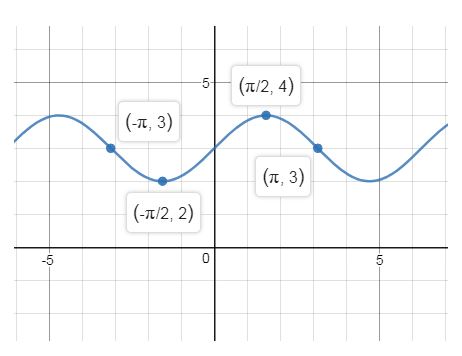
To graph: The each of the following functions:
b.
For the graph function ,

Explanation of Solution
Graph:
b.
To obtain the graph of , replace by from each on the graph of , that it is shifted left 2 units.
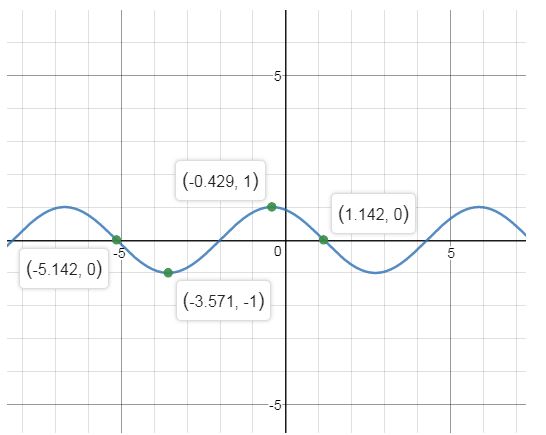
To graph: The each of the following functions:
c.
For the graph function ,

Explanation of Solution
Graph:
c.
To obtain the graph of , multiply by on the graph of , that it is reflection about the .
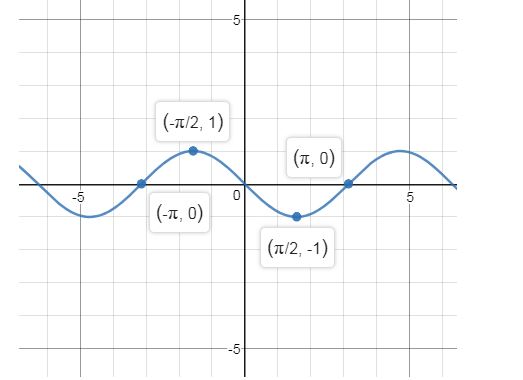
To graph: The each of the following functions:
d.
For the graph function ,

Explanation of Solution
Graph:
d.
Now use the following steps to obtain the graph of .
Step 1: To obtain the graph of , replace by from each on the graph of , that it is shifted left 1 unit.
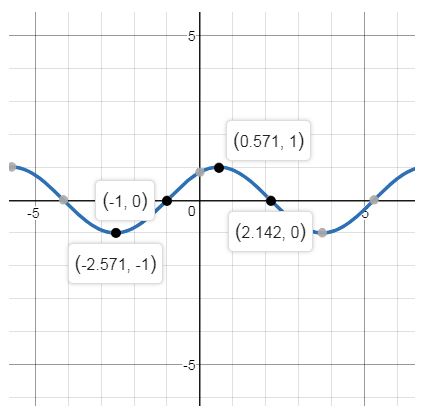
Step 2: To obtain the graph of , subtract 2 from each on the graph of , that it is shifted down 2 units.
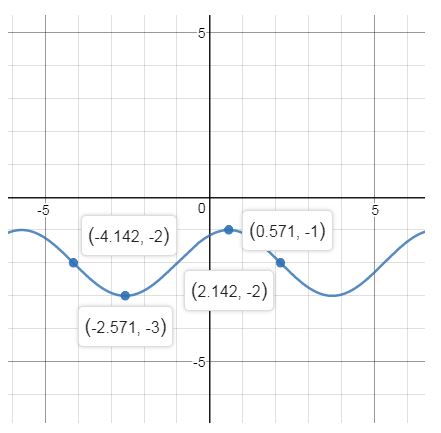
To graph: The each of the following functions:
e.
For the graph function ,

Explanation of Solution
Graph:
e.
To obtain the graph of , multiply each of the graph of by that it is vertically stretched by the factor of .
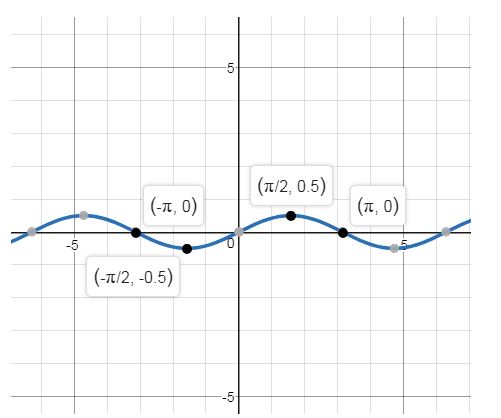
To graph: The each of the following functions:
f.
For the graph function ,

Explanation of Solution
Graph:
f.
To obtain the graph of , replace by of the graph of , that it is reflection about the .
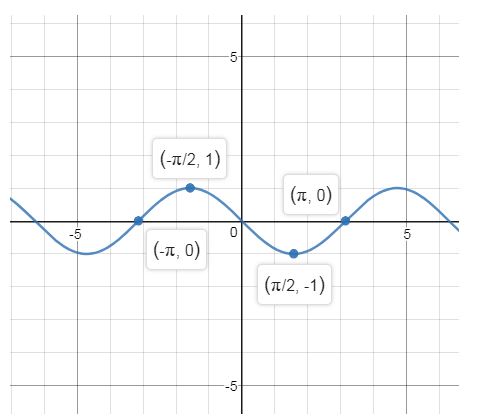
To graph: The each of the following functions:
g.
For the graph function ,

Explanation of Solution
Graph:
g.
To obtain the graph of , replace by of the graph of ; that it is horizontally stretched by the factor of .
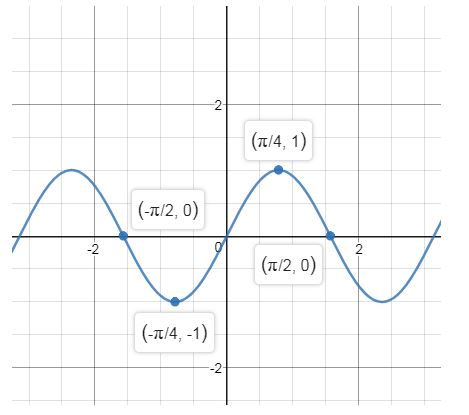
Chapter 2 Solutions
Precalculus
Additional Math Textbook Solutions
A First Course in Probability (10th Edition)
Intro Stats, Books a la Carte Edition (5th Edition)
A Problem Solving Approach To Mathematics For Elementary School Teachers (13th Edition)
College Algebra (7th Edition)
Algebra and Trigonometry (6th Edition)
Calculus: Early Transcendentals (2nd Edition)
- = 5 37 A 4 8 0.5 06 9arrow_forwardConsider the following system of equations, Ax=b : x+2y+3z - w = 2 2x4z2w = 3 -x+6y+17z7w = 0 -9x-2y+13z7w = -14 a. Find the solution to the system. Write it as a parametric equation. You can use a computer to do the row reduction. b. What is a geometric description of the solution? Explain how you know. c. Write the solution in vector form? d. What is the solution to the homogeneous system, Ax=0?arrow_forward2. Find a matrix A with the following qualities a. A is 3 x 3. b. The matrix A is not lower triangular and is not upper triangular. c. At least one value in each row is not a 1, 2,-1, -2, or 0 d. A is invertible.arrow_forward
- Find the exact area inside r=2sin(2\theta ) and outside r=\sqrt(3)arrow_forwardA 20 foot ladder rests on level ground; its head (top) is against a vertical wall. The bottom of the ladder begins by being 12 feet from the wall but begins moving away at the rate of 0.1 feet per second. At what rate is the top of the ladder slipping down the wall? You may use a calculator.arrow_forwardExplain the focus and reasons for establishment of 12.4.1(root test) and 12.4.2(ratio test)arrow_forward
- Use 12.4.2 to determine whether the infinite series on the right side of equation 12.6.5, 12.6.6 and 12.6.7 converges for every real number x.arrow_forwarduse Cauchy Mean-Value Theorem to derive Corollary 12.6.2, and then derive 12.6.3arrow_forwardExplain the focus and reasons for establishment of 12.5.4arrow_forward
 Calculus: Early TranscendentalsCalculusISBN:9781285741550Author:James StewartPublisher:Cengage Learning
Calculus: Early TranscendentalsCalculusISBN:9781285741550Author:James StewartPublisher:Cengage Learning Thomas' Calculus (14th Edition)CalculusISBN:9780134438986Author:Joel R. Hass, Christopher E. Heil, Maurice D. WeirPublisher:PEARSON
Thomas' Calculus (14th Edition)CalculusISBN:9780134438986Author:Joel R. Hass, Christopher E. Heil, Maurice D. WeirPublisher:PEARSON Calculus: Early Transcendentals (3rd Edition)CalculusISBN:9780134763644Author:William L. Briggs, Lyle Cochran, Bernard Gillett, Eric SchulzPublisher:PEARSON
Calculus: Early Transcendentals (3rd Edition)CalculusISBN:9780134763644Author:William L. Briggs, Lyle Cochran, Bernard Gillett, Eric SchulzPublisher:PEARSON Calculus: Early TranscendentalsCalculusISBN:9781319050740Author:Jon Rogawski, Colin Adams, Robert FranzosaPublisher:W. H. Freeman
Calculus: Early TranscendentalsCalculusISBN:9781319050740Author:Jon Rogawski, Colin Adams, Robert FranzosaPublisher:W. H. Freeman
 Calculus: Early Transcendental FunctionsCalculusISBN:9781337552516Author:Ron Larson, Bruce H. EdwardsPublisher:Cengage Learning
Calculus: Early Transcendental FunctionsCalculusISBN:9781337552516Author:Ron Larson, Bruce H. EdwardsPublisher:Cengage Learning





